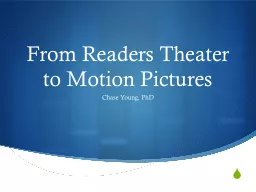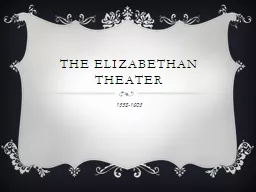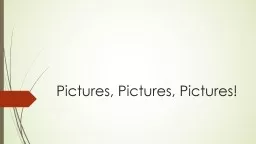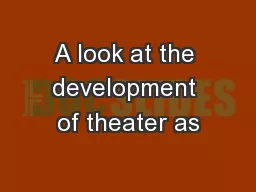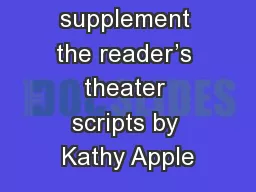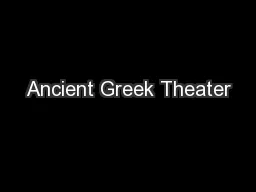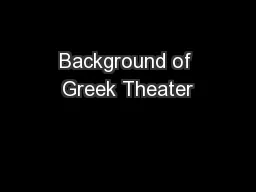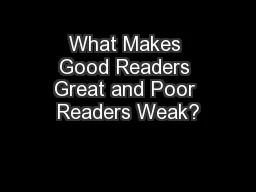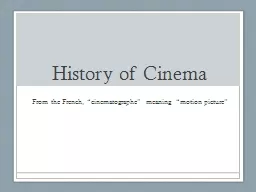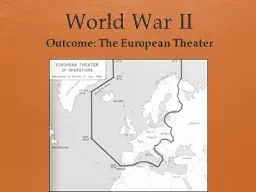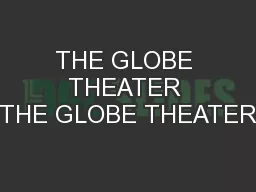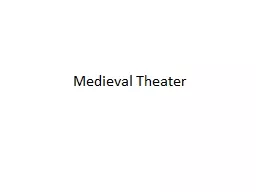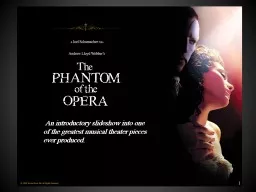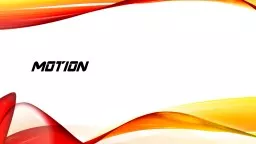PPT-From Readers Theater to Motion Pictures
Author : myesha-ticknor | Published Date : 2017-10-07
Chase Young PhD Readers Theater Griffith amp Rasinski 2004 Martinez Roser Strecker 1998 Young amp Rasinski 2009 Vasinda amp McLeod 2011 Worthy 2005
Presentation Embed Code
Download Presentation
Download Presentation The PPT/PDF document "From Readers Theater to Motion Pictures" is the property of its rightful owner. Permission is granted to download and print the materials on this website for personal, non-commercial use only, and to display it on your personal computer provided you do not modify the materials and that you retain all copyright notices contained in the materials. By downloading content from our website, you accept the terms of this agreement.
From Readers Theater to Motion Pictures: Transcript
Download Rules Of Document
"From Readers Theater to Motion Pictures"The content belongs to its owner. You may download and print it for personal use, without modification, and keep all copyright notices. By downloading, you agree to these terms.
Related Documents

